When most Americans think of Irish cuisine, corned beef and cabbage or a pint of Guinness might come to mind. But Ireland’s culinary traditions run far deeper—and far more delicious. From hearty stews simmered to perfection to rustic breads that beg for butter, the Emerald Isle serves up comforting, flavor-packed dishes that rarely make it stateside.
Whether you’re craving something cozy or curious to explore new flavors, these traditional Irish recipes deserve a spot in your kitchen. You don’t need a passport—just a little appetite and an adventurous spirit. Here are 15 Irish dishes you’re seriously missing out on.
1. Irish Stew
Nothing represents Irish cooking better than a steaming bowl of traditional stew. Made with tender chunks of lamb or mutton slowly simmered with potatoes, onions, and carrots, this dish evolved from humble beginnings when peasant families used what little they had to create something nourishing.
The secret lies in the simplicity – minimal seasonings allow the natural flavors to shine through. Modern versions might include a splash of Guinness or fresh herbs.
Every Irish family has their own special recipe, with regional variations across the country making each pot unique.
2. Colcannon
The humble potato transforms into something magical in colcannon. This velvety dish combines creamy mashed potatoes with sautéed kale or cabbage and green onions, all swimming in pools of melted butter.
Traditionally served at Halloween, folks would hide coins, rings, or buttons in the dish as fortune-telling tokens. Finding a ring meant marriage was coming, while a button predicted bachelorhood.
The name comes from ‘cál ceannann’ meaning ‘white-headed cabbage’ in Gaelic. Many Irish families serve colcannon alongside ham or bacon for a complete meal that sticks to your ribs.
3. Dublin Coddle
When Dublin locals need comfort food, they turn to coddle. This working-class masterpiece combines sausages, bacon, potatoes, and onions in a slow-cooked casserole that wastes nothing and satisfies completely.
Historically, Dublin wives would prepare this dish on Thursdays, using up meat that might spoil before Friday’s traditional fish dinner. The name comes from the gentle ‘coddling’ or slow simmering method that allows all the flavors to meld beautifully.
Best enjoyed with a pint of stout and crusty bread for sopping up the flavorful broth!
4. Champ
When Irish cooks want to let potatoes shine, they make champ. This rustic dish takes buttery mashed potatoes and mixes in plenty of chopped scallions, creating little green bursts of flavor in every bite.
Traditionally served with a well in the center filled with melting butter, the proper way to eat it is to dip each forkful into the golden pool. County Derry claims this dish as their own, though variations exist throughout Northern Ireland.
The name likely comes from the old Irish word for ‘mashed’ or ‘crushed.’ Simple ingredients transformed into something extraordinary—that’s Irish cooking at its core.
5. Boxty
“Boxty on the griddle, boxty in the pan; if you can’t make boxty, you’ll never get a man.” This old Irish rhyme shows just how important these potato pancakes were in traditional households.
Made by combining grated raw potatoes with mashed potatoes, flour, and buttermilk, then fried until golden and crispy. The contrasting textures create something truly special – crisp exterior with a tender, almost creamy inside.
County Leitrim and the northern midlands claim boxty as their regional specialty. Modern Irish restaurants now serve them as wraps filled with everything from smoked salmon to beef stew.
6. Irish Soda Bread
When Irish families needed bread quickly, soda bread was the answer. Using baking soda instead of yeast meant bread could be made in under an hour—perfect for busy farm households without time for proofing dough.
The traditional cross cut into the top serves practical and superstitious purposes: it helps the bread cook evenly and, according to folklore, lets the fairies out. The authentic version contains just flour, buttermilk, salt, and baking soda.
Regional variations abound—Ulster soda bread tends to be flatter and broken into four sections, while the sweet version with raisins is actually called ‘spotted dog’ in Ireland.
7. Barmbrack
Barmbrack isn’t just delicious—it might predict your future! This speckled fruit loaf gets its name from ‘báirín breac’ meaning ‘speckled loaf’ in Irish, referring to the dried fruit scattered throughout the sweet yeast bread.
Soaking the fruit in tea overnight gives the loaf its distinctive flavor and moisture. At Halloween, various items are baked inside—a ring means marriage within the year, a coin brings wealth, while a pea suggests you’ll remain single.
Modern versions are often made with baking powder rather than yeast, creating a cake-like texture. Either way, it’s perfect toasted and slathered with butter alongside afternoon tea.
8. Shepherd’s Pie
Shepherd’s pie emerged as a clever way to repurpose leftover roast lamb into something new and delicious. The savory combination of minced lamb, sweet carrots, and peas in rich gravy gets crowned with fluffy mashed potatoes before being baked to golden perfection.
Irish moms have been serving this one-dish wonder for generations. The crispy potato peaks that form during baking are always the most coveted bites at the table.
An important distinction: when made with beef instead of lamb, it’s properly called cottage pie. Both versions warm Irish homes with their hearty, satisfying goodness during cold Atlantic winters.
9. Drisheen
Drisheen is a traditional Irish blood pudding, primarily from Cork, known for its distinct flavor and smooth texture. Made from sheep’s blood, milk, and spices, it’s often enjoyed as a soup or fried as part of a breakfast platter.
Its origins are deeply rooted in Irish culinary history, offering a taste of the past with every spoonful. Drisheen’s unique consistency and rich taste have kept it a cherished dish over the centuries.
Fun Fact: Drisheen is sometimes referred to as “Cork’s caviar,” highlighting its status as a local delicacy cherished by those who appreciate its bold flavors.
10. Irish Seafood Chowder
With over 3,000 miles of coastline, Ireland’s seafood chowder showcases the bounty of the Atlantic. Each coastal town boasts its own version, typically featuring whatever the local boats brought in that morning.
Creamy without being heavy, the broth combines fish stock with a touch of cream, leeks, and potatoes. You might find chunks of cod, salmon, mussels, and prawns swimming together in perfect harmony.
Traditionally served with brown bread slathered in butter, this chowder has fueled fishermen for generations. Coastal pubs often hold chowder competitions, with recipes guarded as fiercely as family treasures.
11. Black & White Pudding
No full Irish breakfast is complete without these distinctive circular slices. Black pudding combines pork blood, oatmeal, suet, and spices into a rich, savory sausage that’s far tastier than its description might suggest.
White pudding follows a similar recipe but omits the blood, resulting in a lighter color and milder flavor. Both are typically sliced and fried until crisp on the outside while remaining tender inside.
Dating back to ancient times when no part of the animal was wasted, these puddings represent traditional Irish resourcefulness. Cork and Clonakilty are famous for producing some of Ireland’s finest puddings, celebrated in food festivals throughout the year.
12. Nettle Soup
Long before superfoods became trendy, Irish country folk harvested stinging nettles for this vibrant green soup. Young nettle tops, gathered with gloves in early spring, lose their sting when cooked and provide incredible nutrition.
Potatoes give the soup body, while onions and leeks add aromatic depth. A swirl of cream finishes this emerald bowl of goodness that tastes like springtime itself.
Considered a spring tonic after winter’s heavy foods, nettle soup was traditionally believed to purify blood and restore vitality. Modern nutritionists confirm what Irish grandmothers always knew—nettles pack impressive amounts of iron, calcium, and vitamins.
13. Chocolate Biscuit Cake
This no-bake wonder became internationally famous when Prince William chose it as his groom’s cake, but Irish families have enjoyed it for generations. Made by combining crushed digestive biscuits with a rich chocolate mixture, it requires zero baking skills but delivers maximum chocolate satisfaction.
The contrasting textures of crunchy biscuits and smooth chocolate ganache create an irresistible treat. Some recipes include dried fruits, nuts, or even a splash of Irish whiskey for adult versions.
Perfect for celebrations or afternoon tea, this cake proves that sometimes the simplest desserts are the most beloved. Children particularly enjoy helping make this nearly foolproof treat.
14. Crubeens
Before nose-to-tail eating became fashionable, Irish pub-goers enjoyed crubeens—boiled pigs’ feet—as the perfect accompaniment to a pint. These humble cuts transform through slow cooking into something surprisingly delicious.
Typically boiled until tender, then sometimes breaded and fried for extra crispiness. The gelatinous texture might surprise first-timers, but the rich pork flavor wins over most who dare to try them.
Their name comes from the Irish ‘crúibín’ meaning ‘little hoof.’ Once a staple at country fairs and markets, crubeens have become rarer as modern diets shy away from these traditional cuts, though they’re experiencing a revival in farm-to-table restaurants.
15. Limerick Ham
Limerick’s famous ham begins with a special curing process that gives it a distinctive sweetness. The city’s ham-making tradition dates back centuries, when the abundant grain used in whiskey distilling provided perfect feed for pigs.
After curing, the ham is simmered slowly in water often flavored with spices, cider, or stout. The final touch involves coating it with brown sugar, breadcrumbs, and mustard before a brief roasting creates an irresistible glaze.
Traditionally the star of Christmas and Easter feasts, Limerick ham showcases Irish curing expertise. Served hot or cold, it pairs beautifully with cabbage or potato dishes for a meal that honors Ireland’s farming heritage.

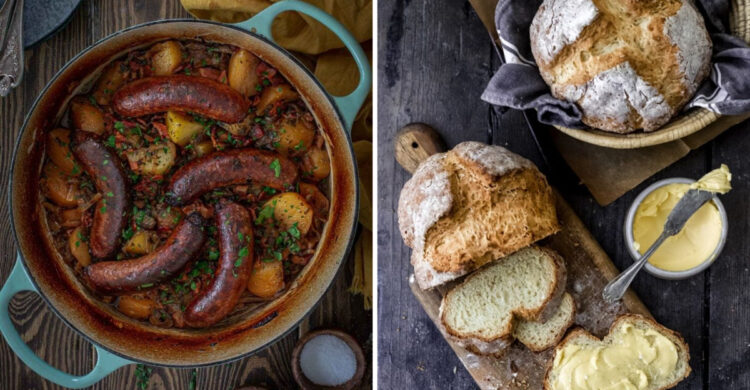
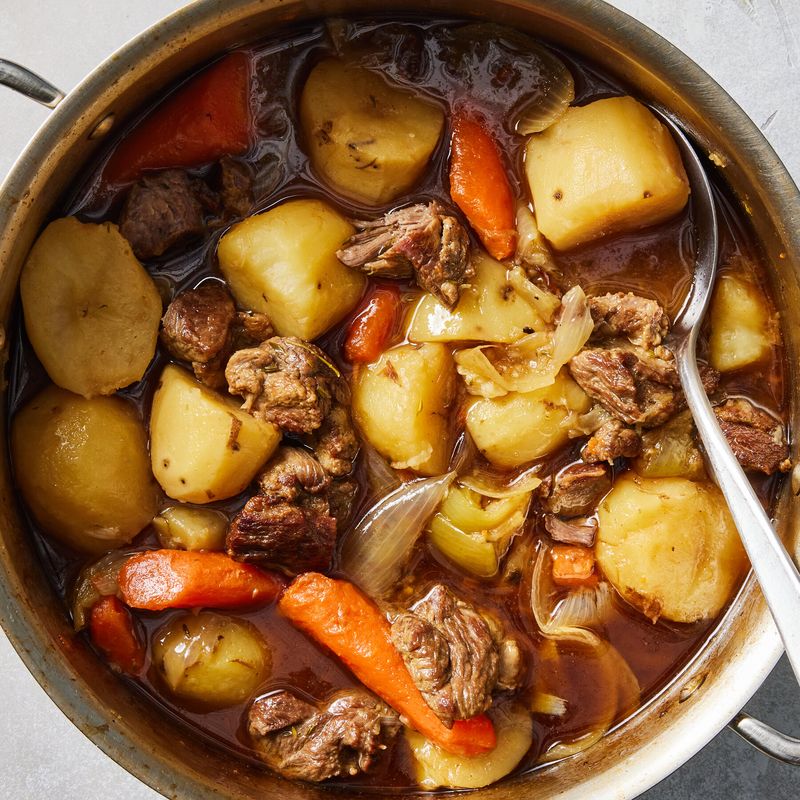
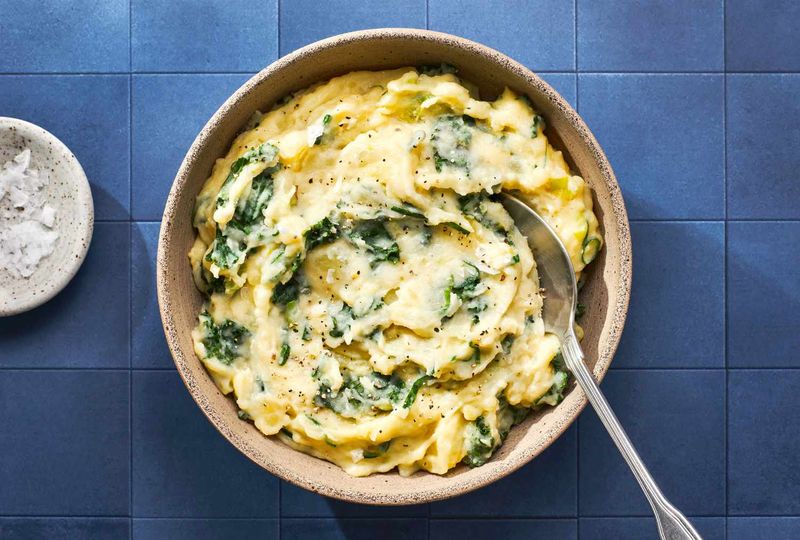
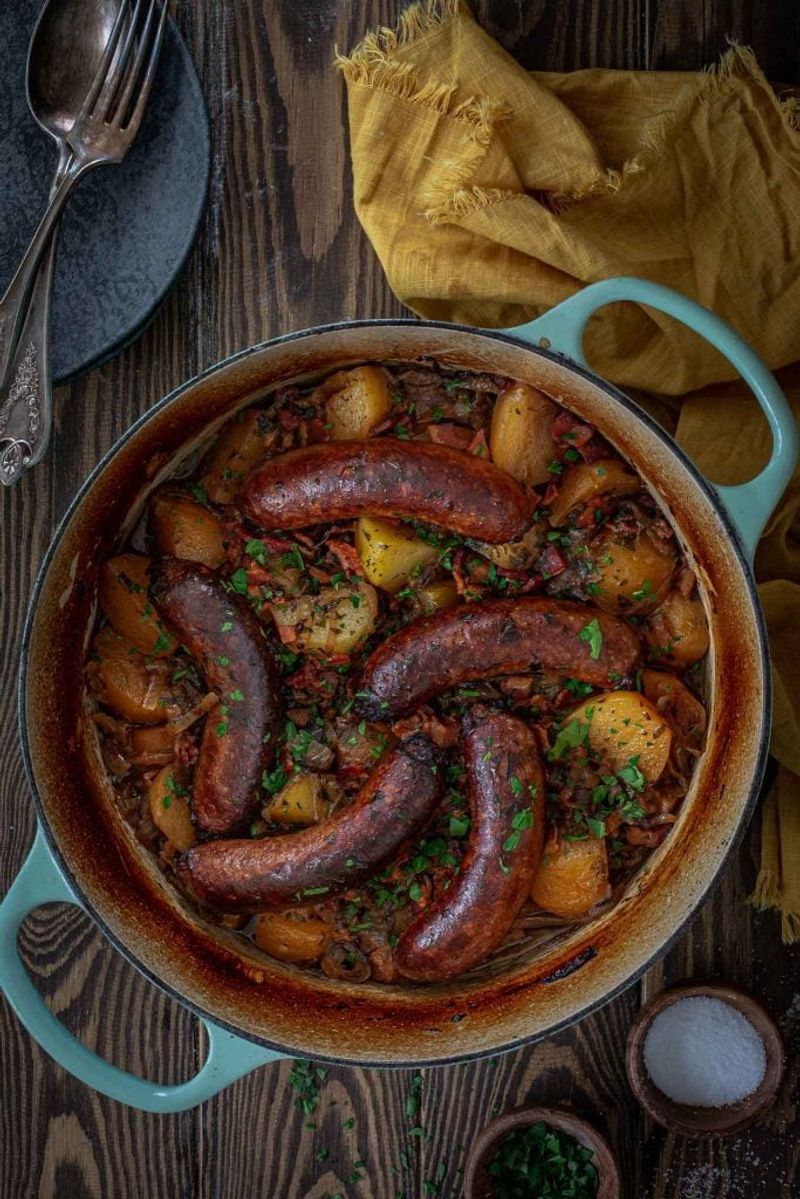
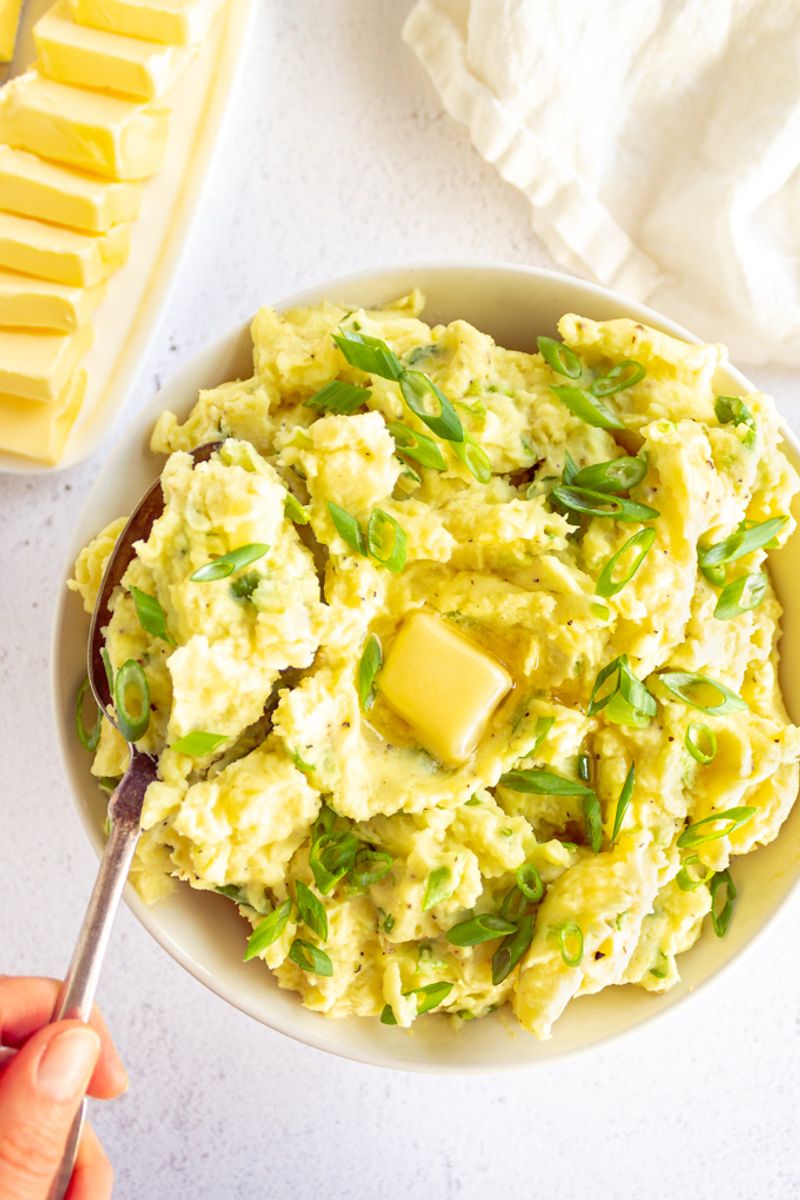
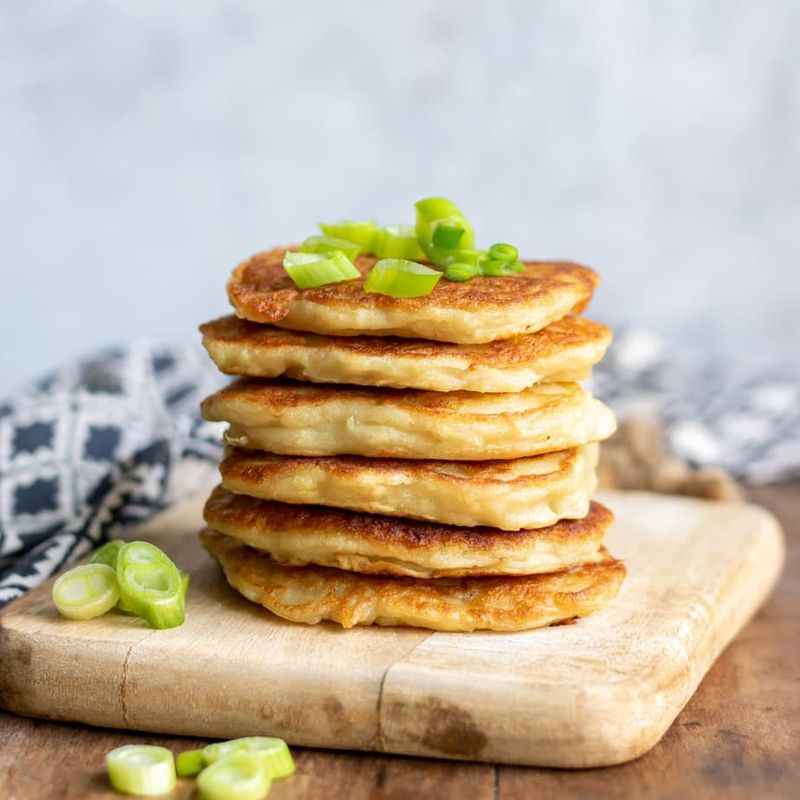
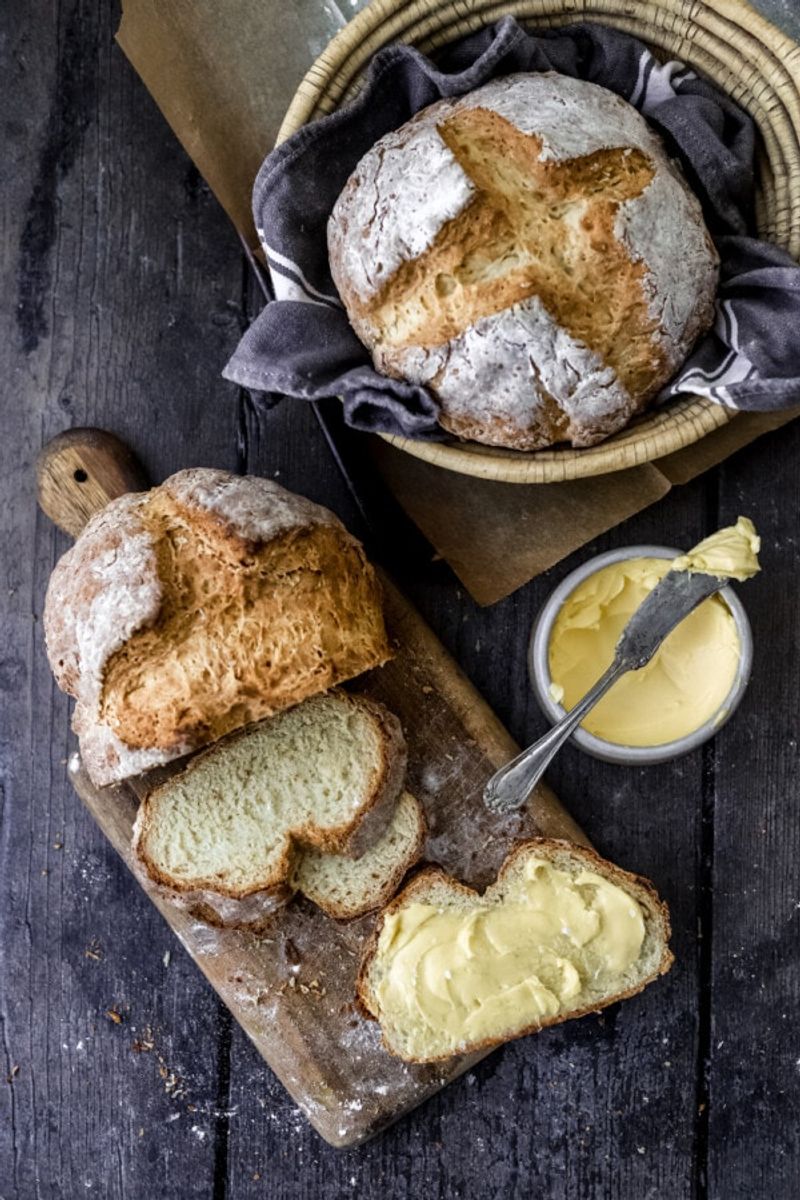
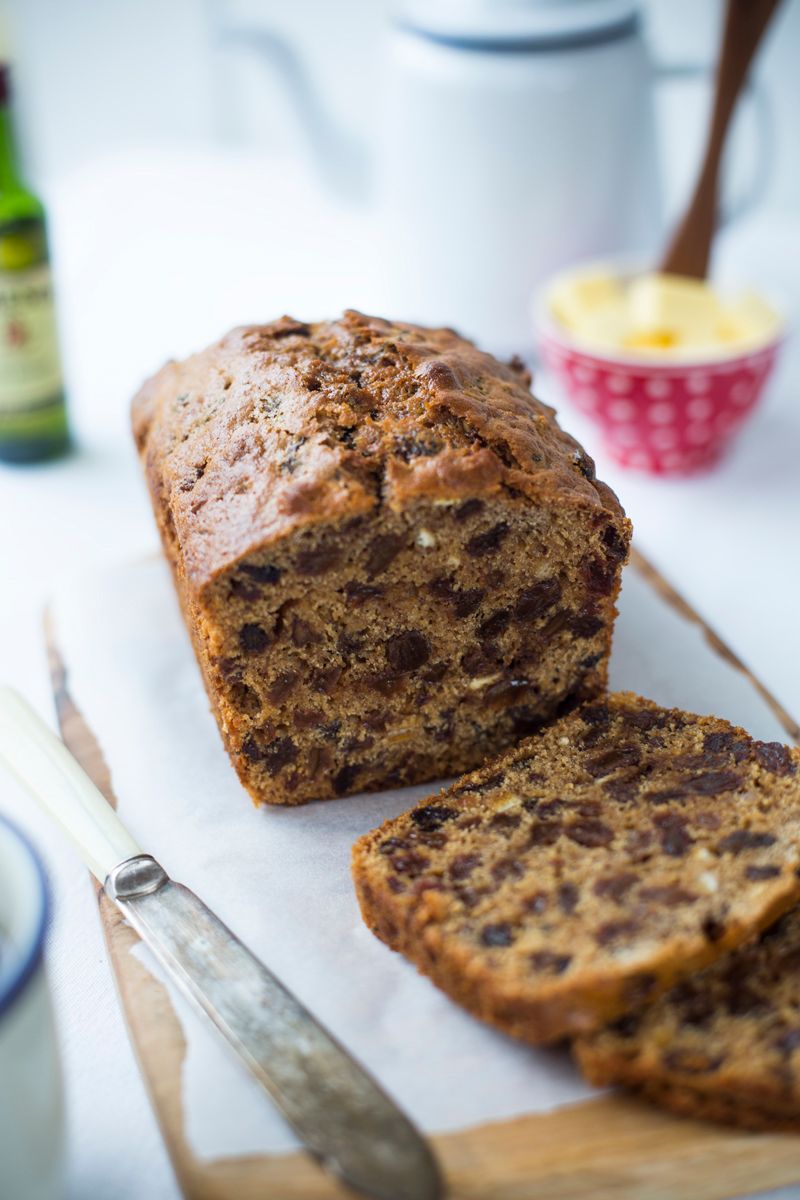
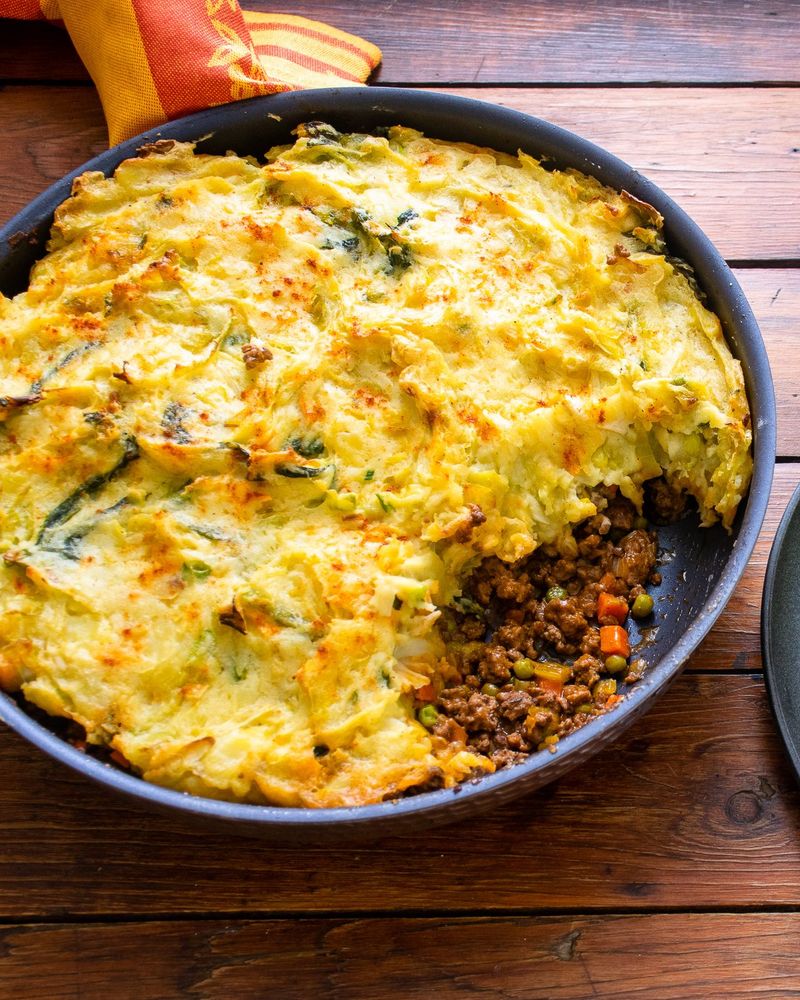
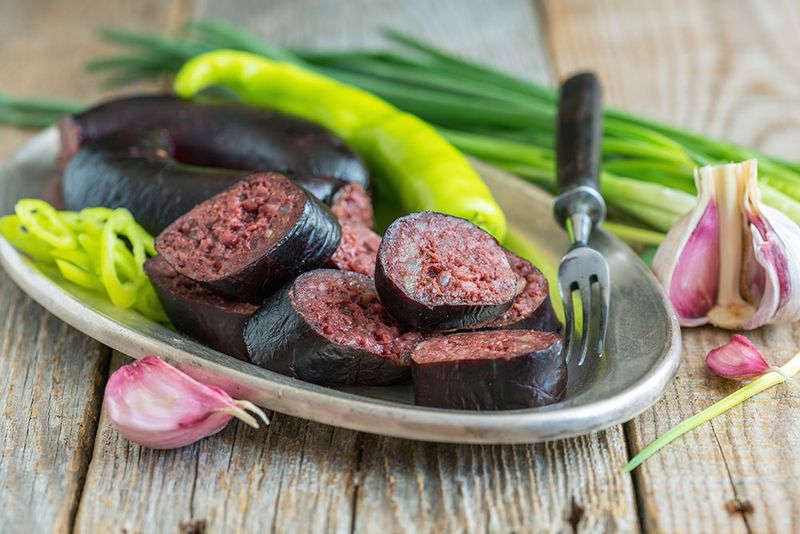
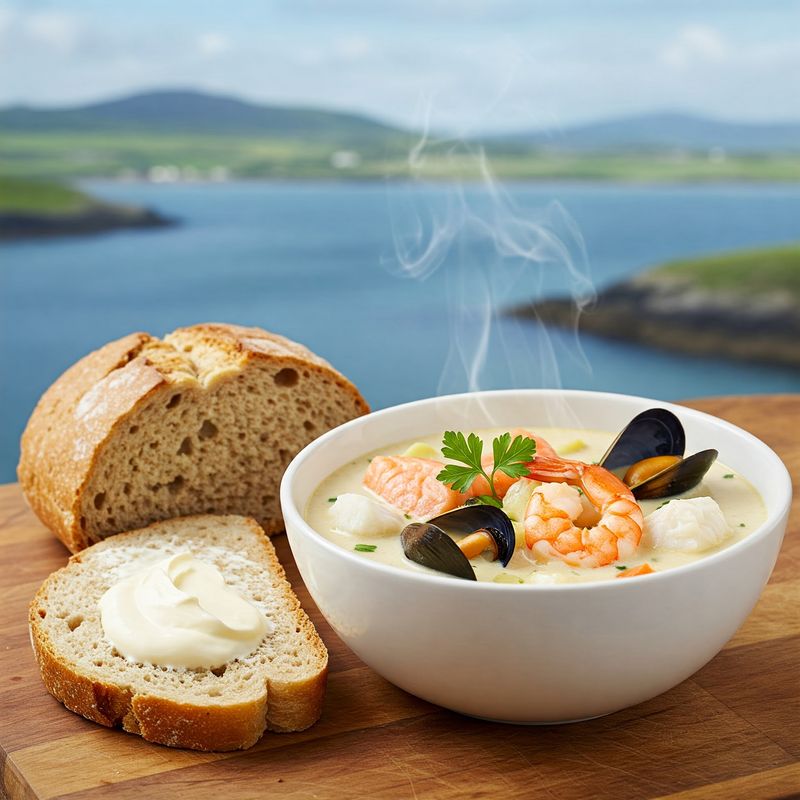
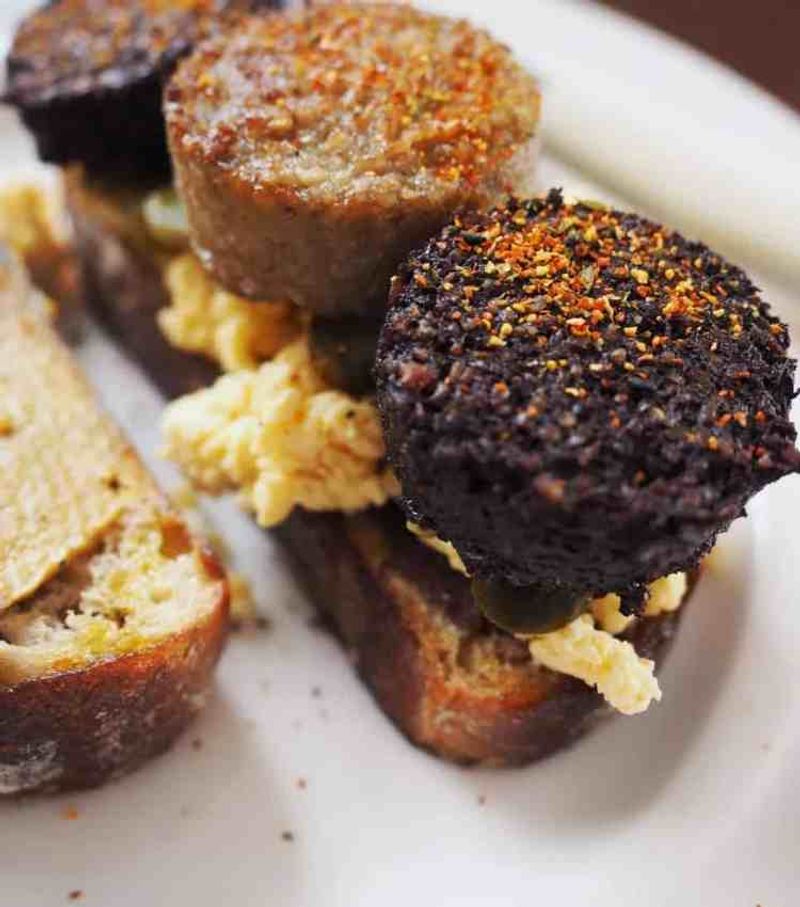
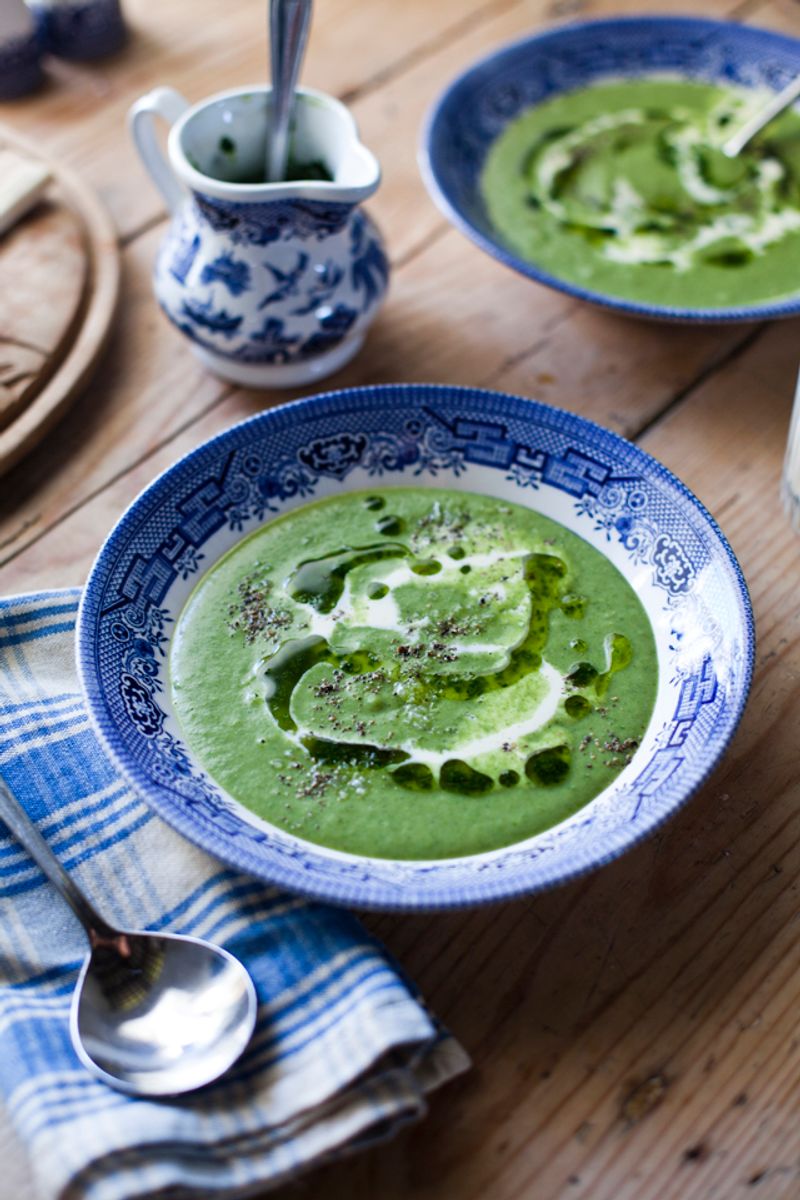
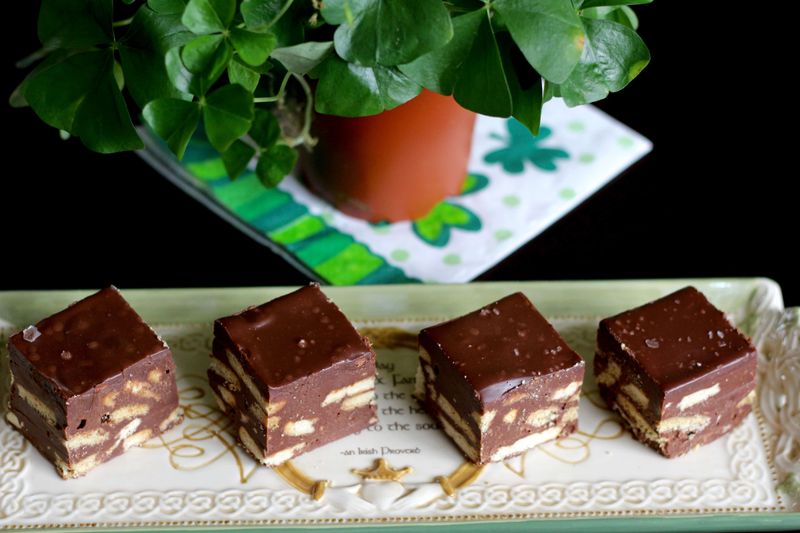
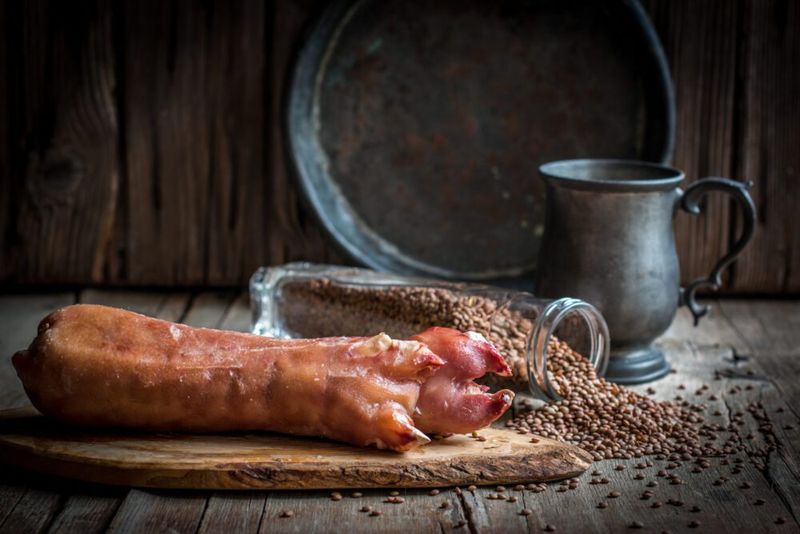
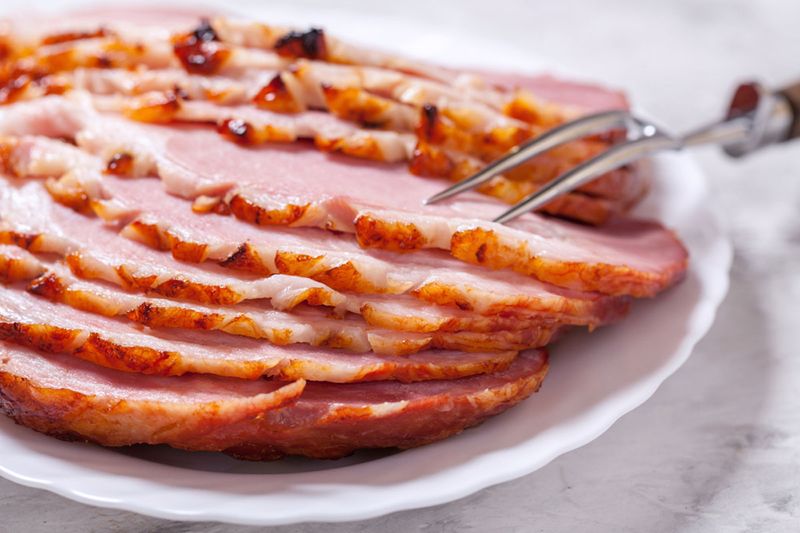
Comments
Loading…